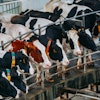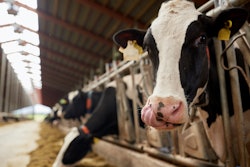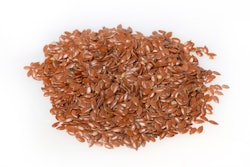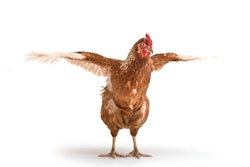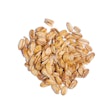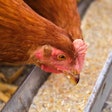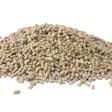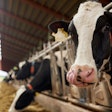
Leptin, a hormone that regulates food intake and reproduction, may be a potential indicator of egg production efficiency, which could help poultry producers optimize breeding strategies and improve productivity.
According to research conducted by Ibaraki University's College of Agriculture professors Sadequllah Ahmadi and Takeshi Ohkubo, leptin functions differently in birds compared to mammals.
Unlike in mammals where leptin is secreted by fat cells, the hormone in birds is expressed in the brain and gonads. This affects how the hormone influences reproductive processes and could explain variations in breeding efficiency between different bird types.
“In mammals, leptin is secreted by the adipocytes and its role has been clearly elucidated. However, in birds, leptin is primarily expressed in the brain and gonads with its mechanisms being unclear. A deeper understanding of leptin’s role in reproduction could help improve reproductive efficiency and sustainability in poultry production,” stated Ahmadi.
The research findings indicate that leptin supports egg production and ovarian function, even when feed availability is limited. According to the researchers, this means that leptin can help maintain hormone synthesis and protect follicular development when energy intake is low, suggesting potential applications for maintaining productivity in challenging production environments.
Additionally, the research reveals how leptin affects layer and broiler birds differently.
In layers, greater amounts of the hormone can improve egg-laying performance by enhancing follicular activation, the structures that develop into eggs, and steroid hormone production. However, in broilers, excessive leptin activity may cause early follicular growth, which can cause follicular depletion and shorten the bird’s useful breeding life.
Knowing how leptin impacts layers and broilers differently could inform more targeted breeding strategies based on bird type, Ahmadi added. More research is needed to investigate the roles of leptin throughout the lifetime of different bird types.

